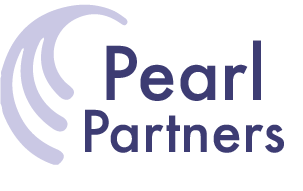The previous three posts (found here, here, and here), as well as Simon Sinek’s original call to action to “Start With Why” will mean nothing if you don’t know how to align the functions in the organization to deliver on it. This is especially important now that I’ve noticed that Organizational Alignment has become a frequent offering now for many consulting firms, from traditional Organizational consulting firms, to Design Firms, and everything in-between.
It’s not that these companies don’t have valuable perspectives to add. Design firms can help you to visualize the actual structure for how work gets done. Organizational firms can often do a good job analyzing the cultural and behavioral factors at play. And one of the best final executions I’ve seen recently is the Karrikins Group’s model that discerns “Alignment vs Agreement”.
All of these are useful, but on their own they are insufficient to fully solve the problem of aligning the organization for ultimate success. Why? Because they help the company to align – to itself. When we work with clients, we work hard to ensure that they are aligning to their market’s ‘why’, as opposed to a ‘why’ that’s internally focused.
This type of alignment requires a new type of organizational learning that we’ll continue to explore, but at the heart of what makes this work is what we call “translation”. We translate what is said and done in a market to the motivations that drive decision-making. When we translate to products, services, or organizational functions, this translation is what establishes the guiding principles for organizational alignment.
Sure, we work along with designers and design firms to visualize this. And we work with organizational consultants to help remove roadblocks to making this happen. But before we do anything, we translate the market’s ‘why’ to determine which roadblocks to remove, which processes are necessary to visualize, and which levels of agreement are getting in the way of true alignment.

